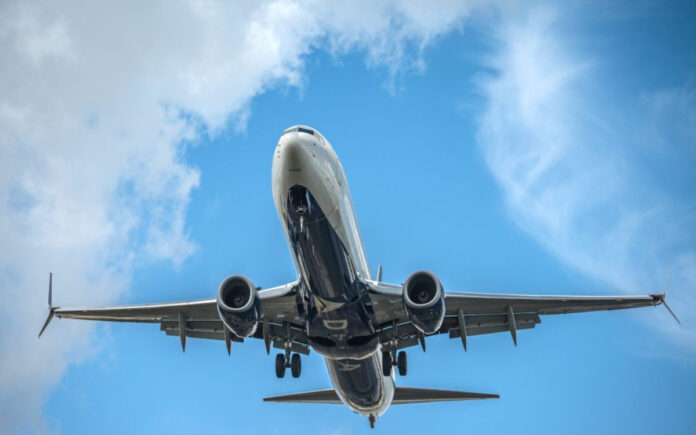New York: The U.S. National Transportation Safety Board (NTSB) announced on Monday that over 40 foreign operators of Boeing 737 aircraft may be utilizing planes equipped with rudder components that could pose significant safety risks. This alarming revelation follows urgent safety recommendations issued by the NTSB last Thursday concerning the potential for a jammed rudder control system, stemming from an incident involving a United Airlines flight earlier this year.
In its findings, the NTSB also disclosed that two foreign operators experienced similar incidents in 2019 related to rollout guidance actuators. “We are concerned about the possibility that other airlines are unaware of the presence of these actuators on their 737 airplanes,” stated NTSB Chair Jennifer Homendy in a letter addressed to Federal Aviation Administration (FAA) Administrator Mike Whitaker.
This issue represents yet another setback for Boeing, which has been grappling with a series of safety concerns, including a mid-air emergency in January involving an Alaska Airlines MAX 9 that was missing four key bolts. The NTSB is currently investigating a separate incident from February, where the rudder pedals on a United 737 MAX 8 became “stuck” in the neutral position during landing at Newark. Fortunately, there were no injuries among the 161 passengers and crew on board.
As a result of these revelations, Boeing shares dropped by 2.7% on Monday. The NTSB confirmed that there are currently no 737s operated by U.S. airlines with the affected actuators, which were installed in certain 737 MAX and earlier generation 737 NG planes equipped with an optional landing system. However, the NTSB indicated that up to 271 impacted parts may still be installed on aircraft operated by at least 40 foreign air carriers. Additionally, 16 of these parts may still be on U.S.-registered aircraft, with up to 75 having been used in aftermarket installations.
While the NTSB and FAA did not disclose the identities of the carriers using these parts, Homendy expressed concern during a conversation with Whitaker last week, stating she was troubled that the FAA “did not take this issue more seriously until we issued our urgent safety recommendation report.”
In response, the FAA confirmed its commitment to taking the NTSB’s recommendations seriously and announced plans for additional simulator testing scheduled for October. An FAA corrective action review board convened on Friday, and the agency is working swiftly to establish a communication line with affected civil aviation authorities to provide necessary information and recommended actions.
Also Read | IBM Takes Legal Action Against Take-Two for Alleged Patent Violations in Gaming Technology
Last week, United Airlines reported that the rudder control parts in question were installed in only nine of its 737 aircraft, originally built for other airlines, and noted that all components had been removed earlier this year. The NTSB criticized Boeing for not informing United that the 737s it received were equipped with actuators “mechanically connected to the rudder control system.” This lack of information raises concerns that other airlines might be unaware of the actuators’ presence.
Also Read | New Era for Energy: Britain Launches NESO to Achieve Climate Targets
“Flight crews may not know what to expect if the rollout guidance actuator fails at low altitude or during landing,” the NTSB remarked, labeling such failures as “unacceptable.” Boeing, which declined to comment on Monday, previously stated that it had notified affected 737 operators about a “potential condition with the rudder rollout guidance actuator” back in August.



